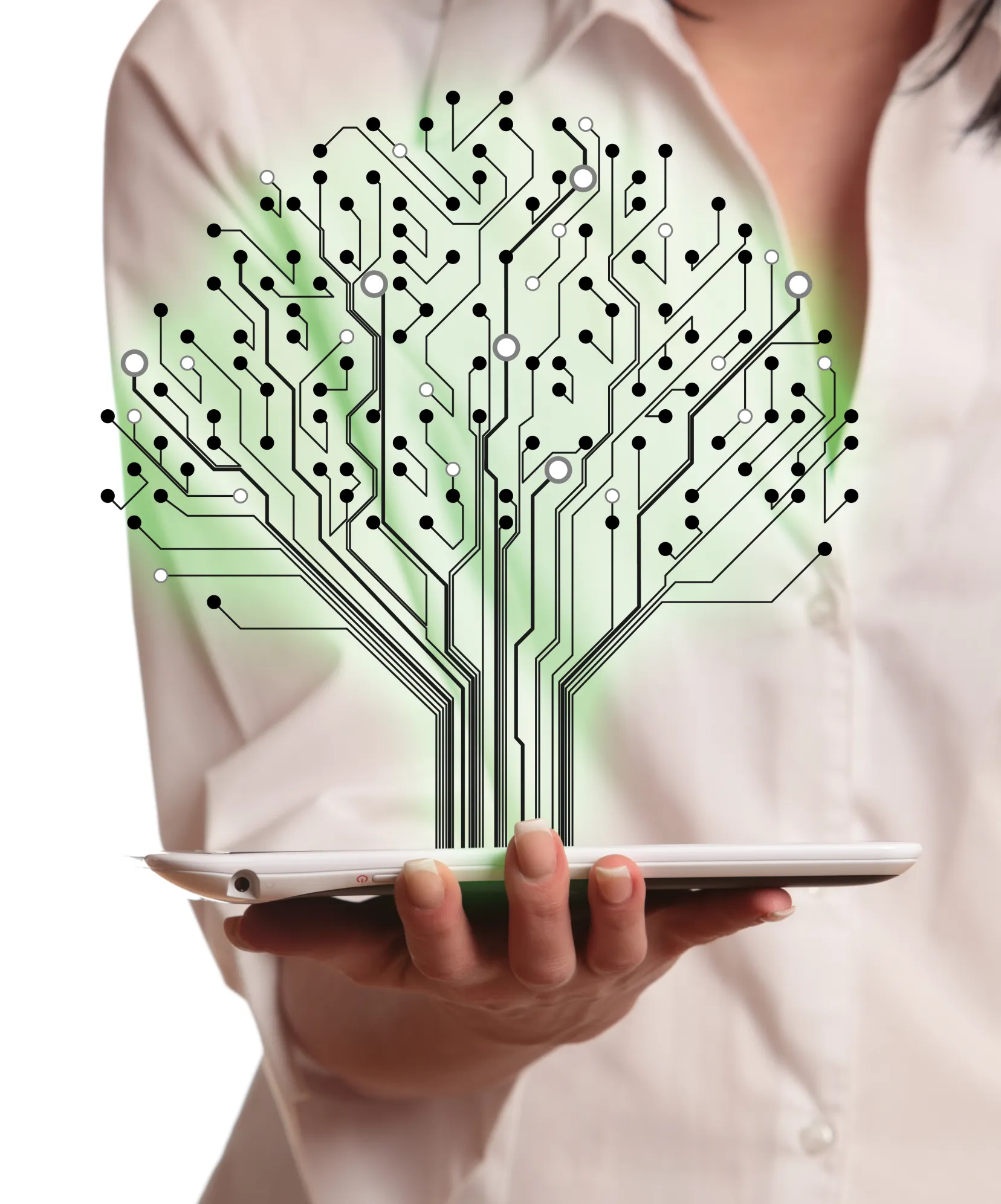Corporate Social Responsibility
The Institute recognizes and maintains human values in performing outstanding R&D activities. We perform our social role with the same discipline, strategy and responsibility as we deal with computer and automation sciences. Building on our past and the commitment of our colleagues, and with the help of our online and off-site services we create sustainable IT solutions offering our technical and intellectual sources to industrial partners, employees and social communities.
During its 60 years of operation, HUN-REN SZTAKI has set its corporate social responsibility principles: environment-conscious attitude, promoting best practices, setting good examples and building communities. The Institute, through its activities, contributes to reducing environmental burdens and to solving global-scale problems of medicine, environment and telecommunication. Our products, services and high-level technological solutions result in substantial cost reduction for industrial partners and for the public. It is of great importance that we save past values and create future values in an innovative way.
We are proud of our values and we urge active communication in public life. We feel that our activity has a valuable effect on people’s everyday life, concerning either the field of economics, culture, science or education. Some examples are presented here to show how Computer and Automation Research Institute of the Hungarian Academy of Sciences acts for the betterment of the world.
The institute’s PR and CSR activities can be characterised by the extensive use of the advanced media outlets, transparency, intensive social participation activity as well as a harmonisation of the research and marketing perspectives in its work. In 2015 the institute managed even to surpass the results of external communications of 2014 by its around 50 press releases and approx. 200 media appearances. In parallel to the online media, the institute has been strengthening its relations to the television and radio broadcasting institutions, too. Besides the news channels of the partners, dozens of its scientific achievements have appeared on the major professional portals and in the papers. Additionally, its experts have regularly given interviews for the major media as well. The institute is present on the social media (Facebook, LinkedIn) with a content kept up-to-date on a daily basis and has also a high number of visitors on the video sharing sites (YouTube, Videotorium).
A few examples of the results and events of 2015 communicated to the greater public:
- Our most outstanding innovations were presented at the event “Festival of the Hungarian Science”, at numerous other occasions for publicising science including the Researchers’ Night program. At the latter event 5 departments, with 25 researchers presented visually at 6 locations in 7 different programmes their achievements to 250 attendants. The presentations spanned a wide range of topics, including cultural heritage preservation, unmanned aerial vehicles, smart factories, 3D technologies, digital holographic microscopy and laser scanning.
- The large scale commercialisation of the new generation mobile application set GUIDE@HAND. Due to the development work of the recent period, the institute offers today more than 50 mobile applications that can be downloaded mostly free of charge from the online webstores, in the areas of cultural heritage preservation, tourism and the cultural and scientific events. The applications demonstrating the Hungarian Society of Hydrology, the Esztergom Castle Museum, the Hungarian folk carnival “Busó” or the Collection of Bulgarian Iconography may be mentioned as samples.
- The MOL Bubi (the municipal bike-sharing rental network) data analysis competition was organised jointly by the Budapest Transport Centre (BKK) and the Big Data - “Momentum” Research Group of SZTAKI in the frame of the European Mobility Week. The participants were current and former students in mathematics, physics, economics, informatics and other specialists. 60 teams registered altogether and for the 3 analysis tasks a total of 30 solution bids were submitted.
- Attendance both as exhibitor and presenter at Science Agora, Tokyo where the results of the research project "Laser Welding with Robots" were demonstrated. This exhibition is an annual event dedicated to science education, with around 10.000 visitors each year. - At the exhibition Akari Park in Tokyo (approx. 100.000 visitors) organised in the spirit of the International Year of Light, the E-grid+ intelligent energy-positive system was presented which was developed in cooperation with GE Hungary.
- The special issue of the 6th IEEE International CogInfoCom conference was edited by the institute that was published in the periodical Journal on Multimodal User Interfaces under the title: Special Issue: multimodal biases in CogInfoCom networks.
